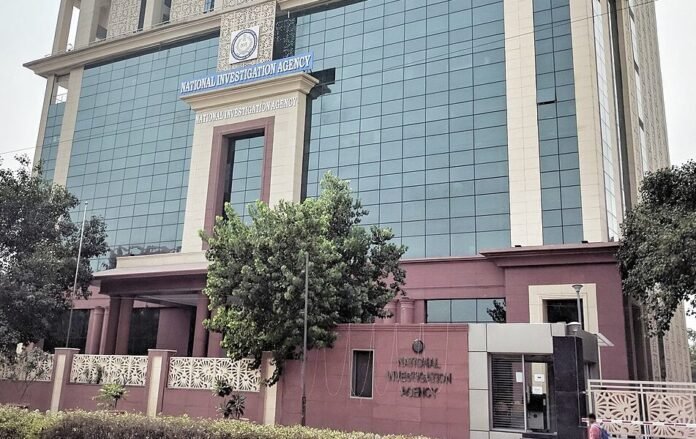Tahawwur Rana, accused in the 2008 Mumbai attacks, landed in Delhi and was taken into NIA custody
The first images of Tahawwur Rana’s extradition from the United States to India have emerged, showing him in the custody of US Marshals moments before he was handed over to Indian officials. The accused, who allegedly played a crucial role in the 2008 Mumbai terror attacks, arrived in New Delhi on Thursday evening aboard a special aircraft.
Photographs released by the US Justice Department show Rana in a beige prison-issued uniform, flanked by US officers, during the formal transfer. The exchange occurred on April 9 at a secure location, with representatives from India’s Ministry of External Affairs receiving him.
The 26/11 attacks — carried out by ten gunmen from the Pakistan-based Lashkar-e-Taiba (LeT) between 26 and 29 November 2008 — left 166 people dead and over 300 injured. Rana has not been accused of direct violence but of facilitating the operation. Prosecutors allege that he used his immigration business in Chicago to provide cover for David Coleman Headley, a childhood friend and key conspirator.
Headley, born Daood Gilani, posed as a business executive while conducting reconnaissance missions across Mumbai. He scouted targets, filmed entry points, and compiled detailed surveillance reports that were later passed on to LeT handlers. Headley eventually turned informant and pleaded guilty to terrorism charges, receiving a 35-year sentence.
Rana, meanwhile, was arrested in 2009 in connection with a separate LeT-linked plot targeting a Danish newspaper that published controversial cartoons of Prophet Muhammad. He was convicted in 2013 for conspiring to support LeT and sentenced to 14 years in a US federal prison.
In the aftermath of the Mumbai attacks, Rana allegedly expressed sympathy for the gunmen. According to the US Justice Department, in an intercepted post-attack conversation, he said the victims “deserved it” and praised the attackers as worthy of Pakistan’s highest military honour, the Nishan-e-Haider.
India formally requested Rana’s extradition in 2020. But legal manoeuvres by his defence team delayed proceedings for nearly five years. His lawyers cited serious health conditions — including chronic kidney disease, suspected bladder cancer, Parkinson’s with cognitive decline, and chronic asthma — as grounds to prevent his transfer, arguing that it would be tantamount to a death sentence.
In February, Rana filed an emergency appeal, urging the courts to halt the extradition pending further litigation. After the appeal failed in the lower courts, he took the matter to the US Supreme Court. That, too, was denied.
On 9 April, the extradition finally took place. Rana landed in India the following day and was immediately remanded into the custody of the National Investigation Agency (NIA) for an 18-day interrogation period. Authorities are expected to question him extensively about his involvement in the 26/11 plot and any further links to terror networks.
The extradition is seen as a diplomatic and investigative breakthrough for Indian authorities, who have long pursued justice for the victims of the 2008 attacks. Rana’s presence in India now marks a major step in unravelling the full extent of the conspiracy — and potentially unearthing new leads that have remained buried for over a decade.
